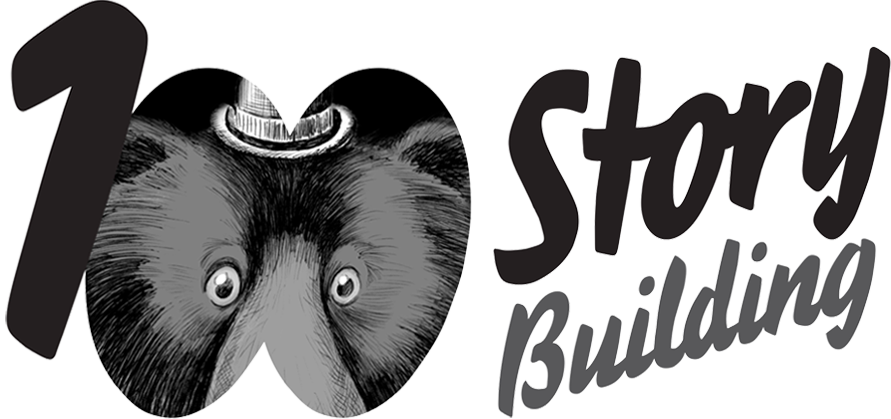“But what if the students don't have any ideas?”
Encouraging student agency in the classroom.
When we run Professional Learning workshops, we focus on developing teachers’ confidence in embracing student agency, and allowing children as much choice as possible over their creative learning. Central to building student agency into the design of workshops (and lesson plans) is offering opportunities for them to share their ideas about what they would like to write, and how.
A common question we get from teachers is: “What happens if I give students all this responsibility, and they don’t have any ideas - won’t I be put in a position where I have to make the decisions anyway?”
It can be confronting for both children and adults to go into your classroom and ask your students point-blank: “So, who has ideas for what they would like to write about next?” Approaching student agency in this way can run the risk of having your students shut down and stay quiet, unsure of what you mean or whether they will really have the freedom you are suggesting.
In any creative process, it is important to ensure that participants feel safe and supported to be vulnerable - sharing ideas and going through the creative process is a very vulnerable position, and both children and adults can struggle with feelings of shame or uncertainty, which makes them hesitant to share their ideas for fear that they will be mocked, or that they will be ‘wrong’.
In order for student agency to become central to a creative task, students need to both understand what they are being asked to do, and they need to feel confident that they are emotionally safe throughout the creative process. Here are a few ways we recommend teachers can encourage students to share ideas and take charge of their own creative learning:
Create a safe, low-risk space in which to develop ideas
Asking students to share their creative ideas is asking them to be vulnerable - in order to share thoughts, they need to feel safe. In our workshops, we often use brainstorming on the board: every idea is written up without hesitation or judgement, in order to prove to students that every idea is valid. Ideas can then be built upon, and students can see what’s on the board so they can make connections between ideas in their own time.
Treat students as creative collaborators.
When trying to encourage student agency, it is important that students can understand that you are not the all-knowing adult with all the answers, but that instead you are a creative collaborator, working out the process as you go - just like the children. When a student asks what they should do next, you can try saying, “I don’t know - what do you think?” This helps prove to the students that you are really serious about student agency, and that you trust them to make creative decisions.
Offer a really boring alternative
You might say “If I was going to do this as a boring old adult, I would [insert boring thing here - write a story about a rock! / choose the theme ‘politics’ for our magazine / suggest that my pen pal stare at a wall all day]. But I don’t want to make you do that, because it might not be fun for you. What are some ideas that you have?”
You can also make a suggestion as a starting point, and ask students to riff off your idea, in order to expand and improve it. “A forest,” for example, might become a forest in space, and then a forest in space with a lava pit in the middle of it, and so on.
Build the field by exploring the topic or question as a group.
When giving students creative agency, it’s important that there is enough guidance and scaffolding around them that they feel confident that they know what they’re being asked to do. When choosing a theme for Early Harvest, for example, we work with students to help them understand what a theme is. We discuss why it’s important, give them lots of examples, and talk about the benefits and potential roadblocks of different themes.
It all comes down to creative safety...
These strategies all come down to developing creative safety in the classroom. By building the field and exploring the topic as a group, you are establishing the knowledge required for students to develop their own ideas and become excited in their own ways. By offering a boring alternative, you are demonstrating to children that you aren’t the expert - they are. And finally, by creating a low-risk space, and treating children as creative collaborators, you are proving to children that their ideas are validated, and will be celebrated when they are shared.
By supoprting children to share their ideas freely and without judgement, you will increase their agency and encourage them to take embrace their own learning and creativity, turning them into lifelong learners.
Want to better support your students to be creative and confident individuals? Ask us about our Professional Learning program for schools and educators.
